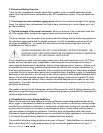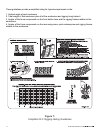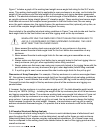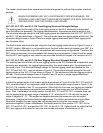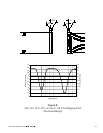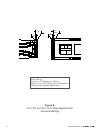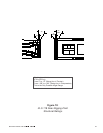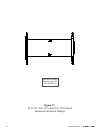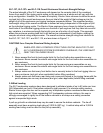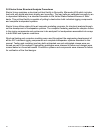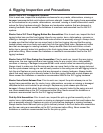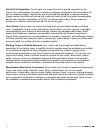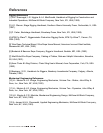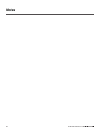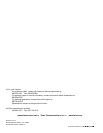
ELECTRO-VOICE
®
Pull-Up Grid Assemblies: Prior to each use, inspect the pull-up grid bar assembly any for
cracks, burrs, deformations, corrosion or missing or damaged components that could reduce the
pull-up assembly strength. Replace any pull-up grids that are damaged or missing hardware.
Always double check that each pull-up grid is securely locked to the front button bar assemblies
and the rear swing arm assemblies on the XLC enclosures before lifting. Never exceed the
limitations or maximum recommended load for the pull-up grids.
Chain Hoists: Prior to each use, inspect the chain hoist and associated hardware (including
motor, if applicable) for any cracks, deformation. Broken welds, corrosion, missing or damaged
components that could reduce the hoist strength. Replace any damaged chain hoists. Never
exceed the limitations or maximum recommended load specified by the hoist manufacturer.
Always follow manufacturers recommendations for operation, inspection, and certification. Always
raise and lower the load slowly and evenly, avoiding any rapid changes in speed or shifting loads
that could result in a sudden jolt to the suspended system.
Building, Tower or Scaffold Supports: Prior to each use, the strength and load-bearing
capabilities of the building, tower or scaffold structural supports should be evaluated and certified
by a professional engineer as being adequate for supporting the intended rigging system
(including the loudspeakers, grids, chain hoists and all associated hardware). Prior to each use,
inspect the building, tower or scaffold structural supports for any cracks, deformation, broken
welds, corrosion, missing or damaged components that could reduce the structural strength.
Damaged structural supports should be replaced or repaired and recertified by a professional
engineer. Never exceed the limitations or maximum recommended load for the supports.
Miscellaneous Mechanical Components: Prior to each use, inspect all mechanical components
(chain, wire ropes, slings, shackles, hooks, fittings, ratchet straps, etc.) for any cracks,
deformation, broken welds, slipping crimps, fraying, abrasion, knots, corrosion, chemical damage,
loose screws, missing or damaged components that could reduce the maximum strength specified
by the component manufacturer. Replace any damaged mechanical components. Never exceed
the limitations or maximum recommended load for the mechanical components.
27



